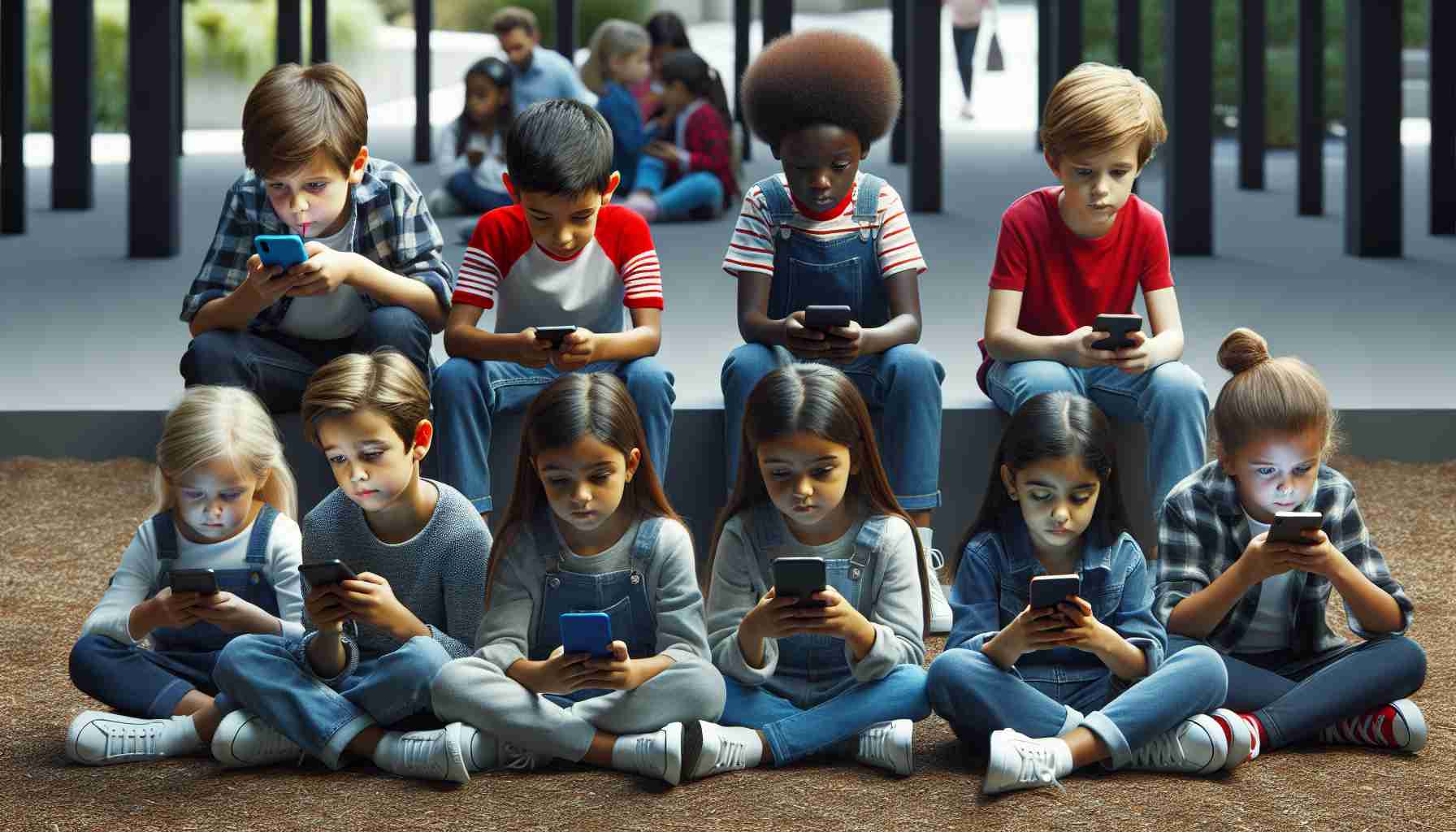Reflecting on the Essence of Childhood
Motherhood often instigates a journey into the past, prompting comparisons between one’s own childhood experiences and those of our children. Many aspects remain unchanged, from the familiar sight of picky eaters to the universal struggle with mathematics. Yet, amidst this familiarity, one stark difference emerges: the prevalence of cellphones in the daily lives of children.
The Digitization of Youthful Interaction
When I was a third grader in the early ’90s, the novelty of a single shared computer stands in sharp contrast to the modern scene, where children as young as eight navigate smart devices with proficiency. These pocket-sized gateways offer continuous engagement through social media, enveloping our youth in a digital realm.
The Double-edged Sword of Connectivity
Parents often arm their children with smartphones for the sake of seamless communication, simultaneously gifting themselves moments of respite in our digitally dominated society. Yet, despite the routine alarms raised about the impact of constant screen time on children, the ubiquity of these devices makes it challenging to acknowledge and act upon these concerns meaningfully.
Confronting the Digital Deluge
With an overwhelming majority of teens reporting access to smartphones and frequent use of platforms like TikTok, the exposure to online risks—identity theft, inappropriate content, and online predators—becomes a paramount concern for parents to address.
Comparison: The Thief of Joy
Social media thrives on comparison, a risky game for the developing minds of teens and preteens already navigating complex social landscapes. For some, the pressures of virtual validation intertwine with increasing psychological burdens, evidenced by rising teenage suicide rates.
Shaping Tomorrow’s Adults
Unanswered questions linger on the profound long-term effects of smartphone use on children’s creativity, resilience, and conversational skills. Beyond the issues of addiction and comparison, it’s crucial that children learn to appreciate unstructured time, to nurture the art of conversation, and to understand the value of personal interaction.
Striking a Healthy Balance
Even as my own children enjoy their tablets, the urge remains to pull back from gadget-centric lives. We must encourage more heartfelt discussions, embrace creative boredom, and cherish simple outdoor moments. In nurturing a childhood less encumbered by devices, we invest in preserving the essence of a life well-lived.
Important Questions and Challenges Related to Smartphones in Modern Childhood
One important question that arises is: How does prolonged exposure to smartphones affect the neural development of children? Studies have shown that excessive screen time can negatively impact attention spans, cognitive development, and sleep patterns. Increased screen time has also been linked to issues with mental health, including anxiety and depression.
Another critical challenge is managing the risk of addiction. Smartphones can be addictive, and children may struggle to control their screen time, potentially leading to digital dependence. A significant controversy in this area is the balance between the benefits of technology in education and the risks of its overuse outside the school environment.
Key Advantages and Disadvantages
Advantages of smartphone use among children include:
– Educational Tools: Smartphones give children access to a vast range of educational apps and resources.
– Connectivity: They allow children to keep in touch with family and friends, especially in times of emergency or during long-distance relationships.
– Technological Proficiency: Early exposure can lead to better fluency with technology, which may be beneficial for future career prospects.
Disadvantages include:
– Cyberbullying: Smartphones can expose children to cyberbullying, which can occur through SMS, social media, and gaming communities.
– Distractions: Unlimited access to games and social media can distract children from homework, physical activity, and face-to-face interactions.
– Sleep Disruption: The blue light emitted by screens can affect the circadian rhythm, leading to poor sleep quality and quantity.
For parents searching for more information on how to navigate the impact of smartphones on children, the American Academy of Pediatrics offers guidance on media and children. You can visit their website by using the following format: American Academy of Pediatrics. For reviews and recommendations on age-appropriate apps, Common Sense Media is another resource, accessible via Common Sense Media.
Parents and caretakers should be aware of these challenges, engage in open conversations with their children about the use of technology, and set clear guidelines to ensure a balanced approach to screen time. Encouraging alternative activities such as reading, sports, and family outings can help maintain a healthy mix of technology and physical social interaction in developing children’s lives.
The source of the article is from the blog agogs.sk
